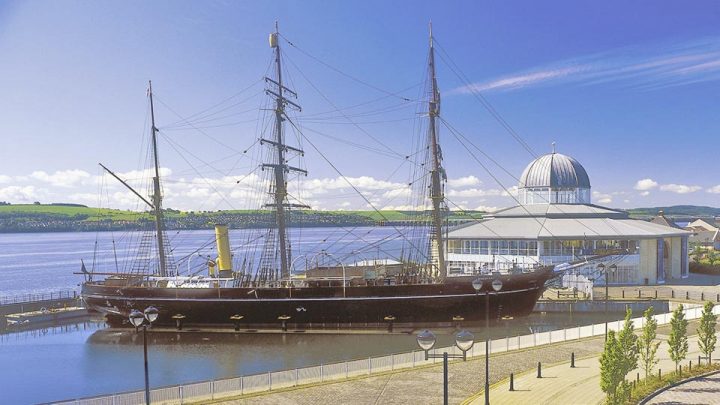RRS Discovery was the last traditional wooden three-masted ship to be built in Britain. Designed for Antarctic research, it was launched as a Royal Research Ship (RRS) in 1901. Its first mission was the British National Antarctic Expedition, carrying Robert Falcon Scott and Ernest Shackleton on their first, successful journey to the Antarctic, known as the Discovery Expedition. It is now the centrepiece of a visitor attraction in its home town, Dundee.
The Ship
As a major whaling centre Dundee’s shipyards had long experience of constructing ships robust enough to travel through the Arctic pack ice. It was this expertise that was harnessed to build RRS Discovery, the first vessel to be constructed specifically for scientific research. While the design was based on the great Dundee whalers, there were some modifications to be made. Magnetic surveys were to be an important part of the scientific work of the expedition. To be sure of complete accuracy an exclusion zone round the magnetic observatory was created, with no iron or steel allowed within 30 feet of the area.
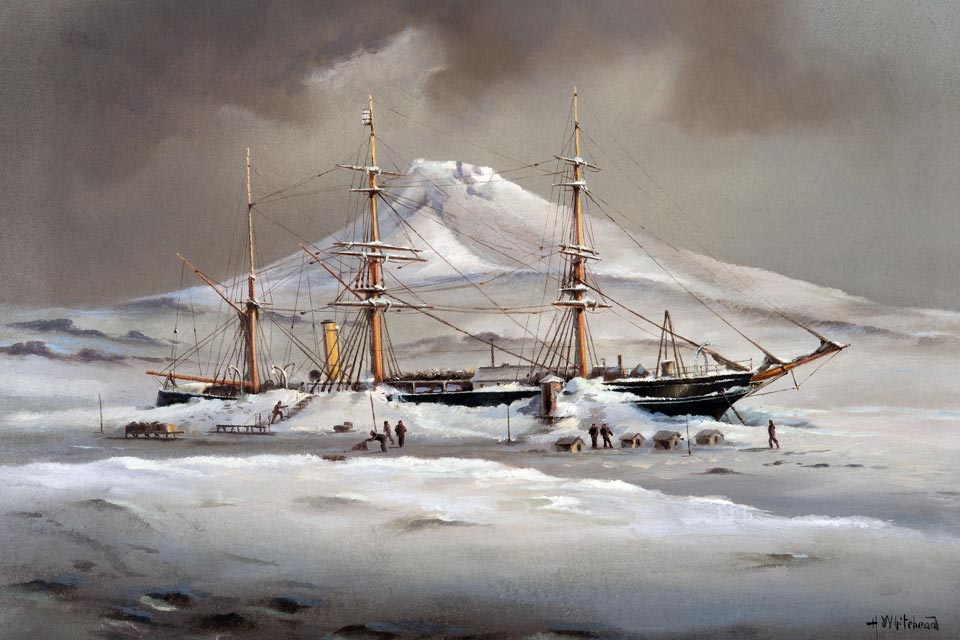
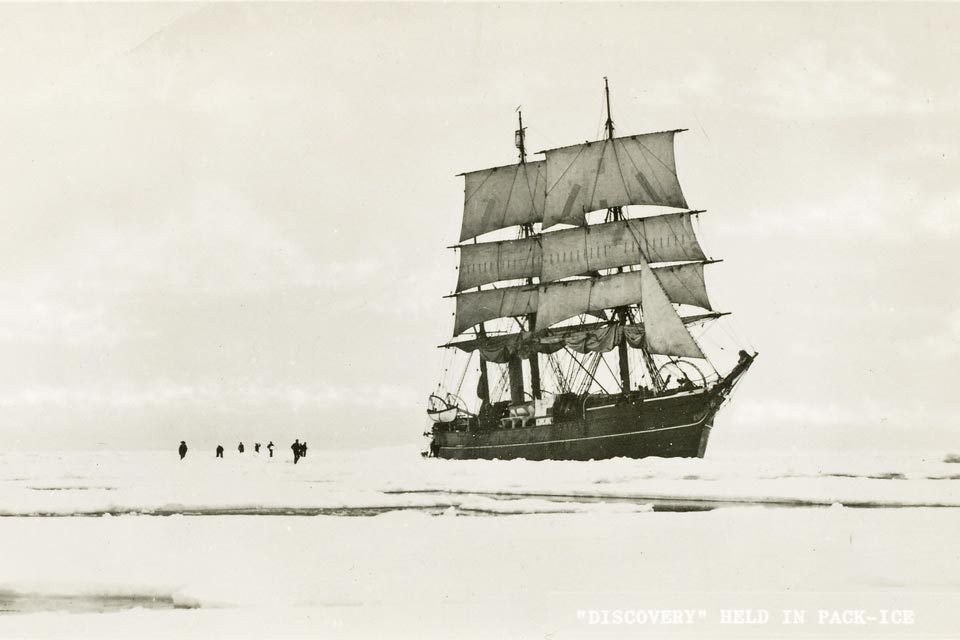
British National Antarctic Expedition
Five months after setting sail on 6 August 1901 from the Isle of Wight, she sighted the Antarctic coastline on 8 January 1902. During the first month Scott began charting the coastline. Then, in preparation for the winter, he anchored in McMurdo Sound. The ship would remain there, locked in ice, for the next two years; the expedition had expected to spend the winter there and to move on in the spring. Despite this, the Expedition was able to determine that Antarctica was indeed a continent, and they were able to relocate the Southern Magnetic Pole. Scott, Shackleton and Edward Wilson also achieved a Furthest South of 82 degrees 18 minutes. The ship was eventually freed on 16 February 1904 by the use of controlled explosives which allowed the ice to be moved away by butting and shunting, thus assisting in the breakup of the ice. Discovery finally sailed for home, arriving back at Spithead on 10 September 1904.
The Forgotten Years
RRS Discovery’s adventures continued, first with the Hudson Bay Company, then running munitions to Russia during the First World War. She was to make two further voyages to Antarctica before being laid up in London. In 1986 she made her triumphant return to Dundee and her final berth, a fitting memorial to the heroes of Antarctica.
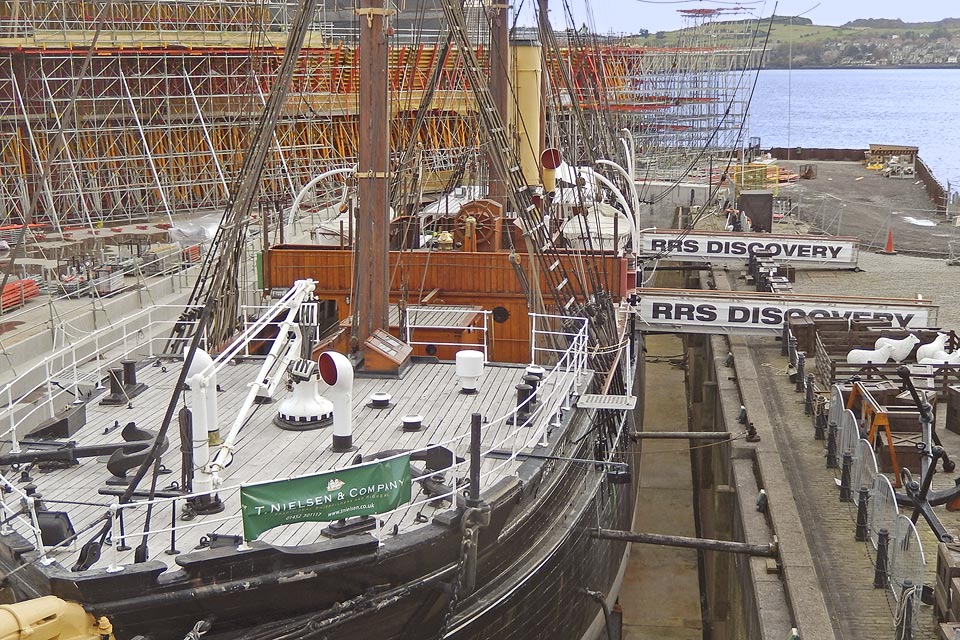
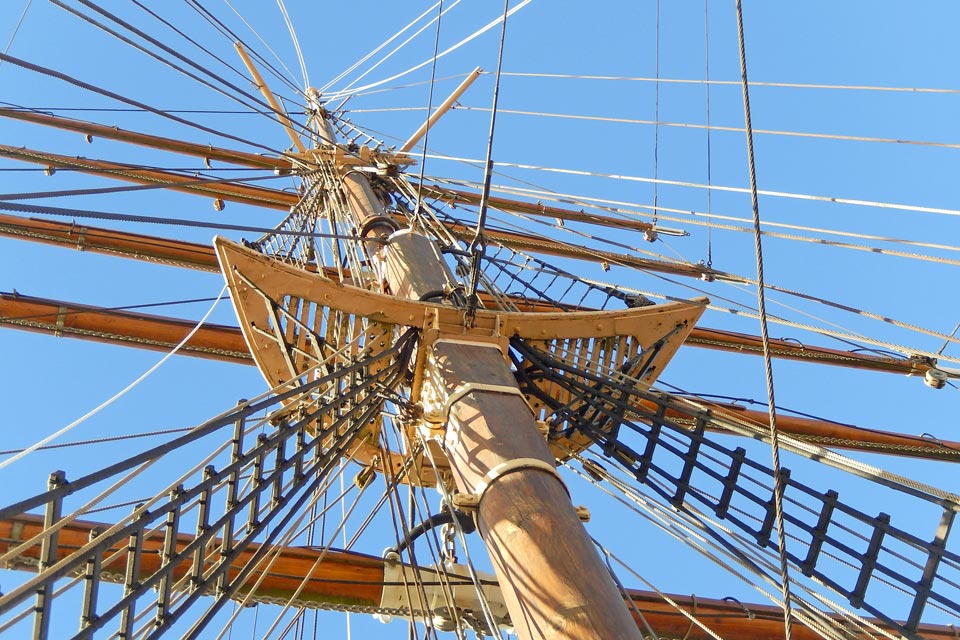
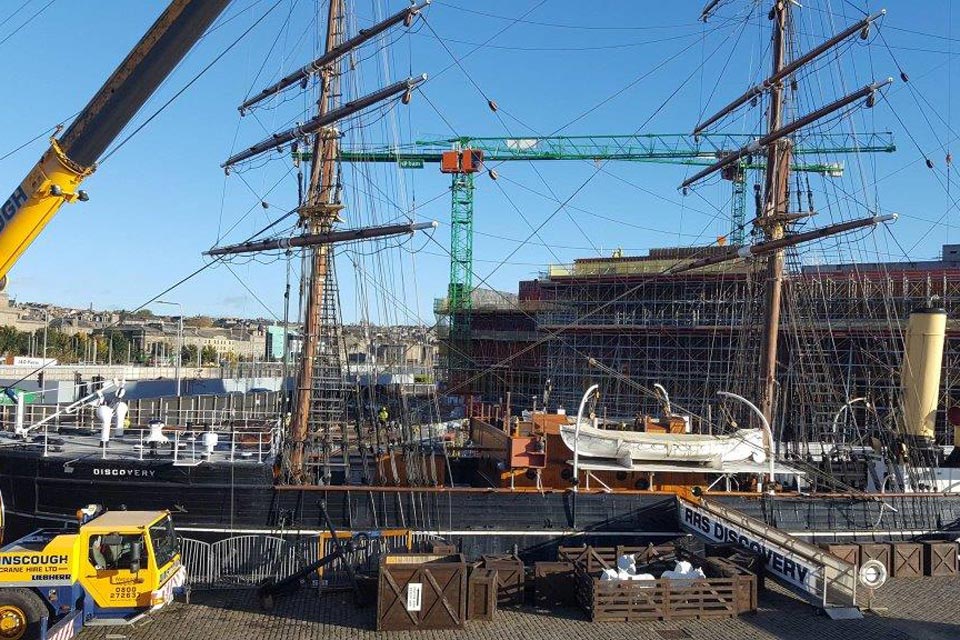
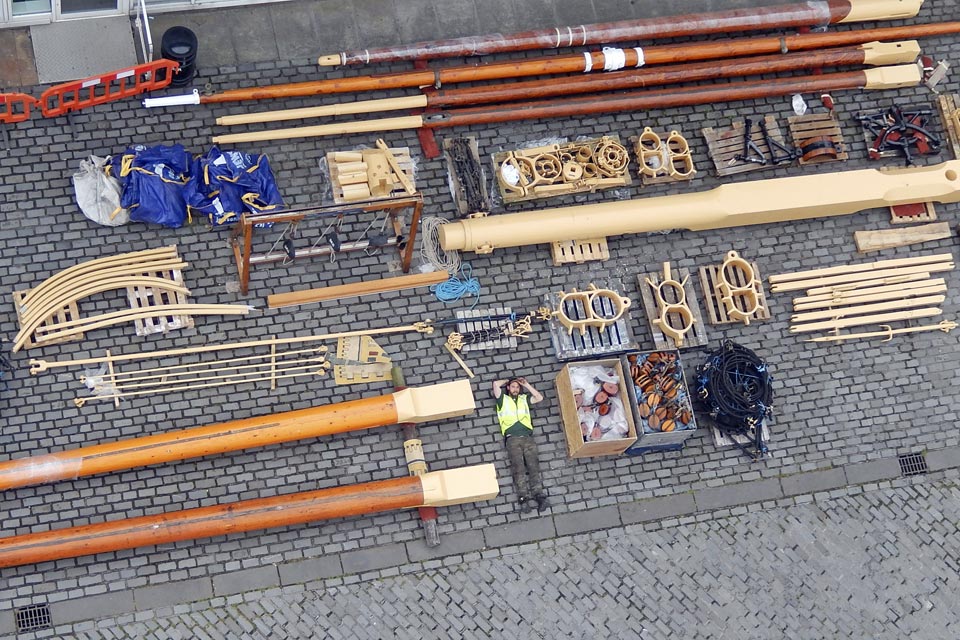
RRS Discovery refurbishment project
An intensive seven-month programme began in October 2016 and was helped by a £40,000 crowdfunding campaign. The masts and rigging were taken down and then transported to our Gloucester-based shipyard for refurbishment and rebuilding.
In spring 2017, we started to reinstate the masts and rigging and as this work takes place at high level and involves cranes to reinstate the enormous masts, the ship and the quayside were closed during this period to ensure public safety.
The ship reopened in July 2017 and STV presenter Lorraine Kelly, a Dundee resident, long-time supporter of the famous Antarctic exploration ship RRS Discovery and contributor to the crowdfunding campaign, said of the ship:
“RRS Discovery is a major asset to the city of Dundee and beyond. She attracts many visitors and much well-deserved attention for her history and stories of adventure, also her links to Dundee, where she was designed and built.
“I’m happy to see that she’s shipshape again and ready for visitors, and I hope you’ll join me in looking forward to going on board again this summer.”

